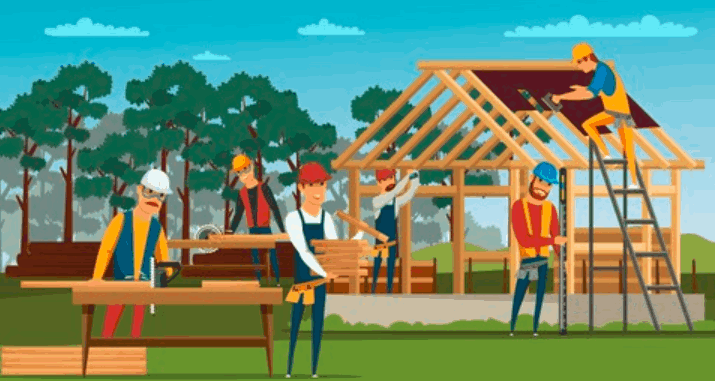NCERT Solutions for Class 4 EVS Chapter 12 - Changing Times
FAQs on NCERT Solutions for Class 4 Evs Chapter 12 Changing Times
1. The People Who Used the Toilets Did Not Clean them. Discuss.
People from the slum were not allowed to use the toilets. They were just asked to clean the toilets. Chetandas told that the people of the upper caste were using the toilets but they did not want to clean the toilets by themselves because they thought that it is an inferior task. They feel that it is one of the dirty jobs. The people of the slum were called to clear up the toilets properly and perhaps also take away all the waste materials. However, the people of the slum were never allowed to enter the house of the people belonging to the upper caste.
2.What Kind of House Do You Think Chetandas’s Grandchildren will Live in?
We assume the grandchildren of the Chetandas will live in a skyscraper or in a multi-storeyed building which will have elevators. The multi-storeyed building or the skyscraper is made up of material such as cement, steel, concrete, ceramic tiles, iron rods, bricks, etc. The windows, as well as the doors of the building, are made of glass and aluminum and wood are also used in making doors and windows. They will live in a metropolitan city and their house will be quite strong, modern and well-designed.
3. How can students take advantage of Vedantu’s NCERT Solutions while studying Class 4 EVS Chapter 12 “Changing Times”?
Students can use Vedantu's NCERT solutions for Class 4 EVS Chapter 12 to help them in their studies. Here is how you can use them for exam preparation.
Read the NCERT chapter thoroughly.
Try solving the NCERT questions yourself first
Vedantu also provides added explanations for the chapter if you want clarification on a certain topic.
Finally, refer to Vedantu’s solutions for clear and comprehensive answers to NCERT questions.
4. How to download Vedantu’s NCERT Solutions while studying Class 4 EVS Chapter 12 “Changing Times”?
Vedantu's NCERT solutions for Class 4 EVS Chapter 12 can be downloaded in a few simple steps:
Visit Vedantu’s page for the NCERT solutions of this chapter.
You will be taken to the page containing the NCERT solutions for the required chapter. Scroll down and select the "Download PDF" option.
On the following page, you will be provided with the link to download the PDF hassle-free.
These solutions are absolutely free and can also be downloaded from the Vedantu mobile app.
5. What changes has Chetandas seen over the years?
Chetandas is around 70 years old and in the past 60 years, he has seen many changes around himself. When he came to Delhi from Pakistan, he built a simple house using mud and cow dung. As the years progressed, his house underwent several changes. His house was renovated multiple times using materials like iron, cement, wood, unbaked bricks and then baked bricks, tile, lintel, and marble chips. His surroundings changed from simple houses to cemented houses, and then to high-rise buildings.
6. How has the construction of buildings evolved over time?
In the chapter "Changing Times", we see how construction has evolved in the last few decades through the renovation of Chetandas' house. His house in Delhi was initially made with mud and clay. It was then later renovated using cement, iron, wood, and unbaked bricks. A toilet was also added. A few years later, his house was renovated using baked bricks, lintel marble chips, and cement. The kitchen was also expanded.
7. What is your takeaway from the chapter “Changing Times?”
The chapter "Changing Times" is engaging and intriguing. It gives a glimpse of the ever-changing times to the students. The students learn that with evolving technology, the various construction ways have also evolved swiftly. The students are given a glimpse of how houses used to be in the past, how they are in the present, and how they may be in the future. Students of today can expect their surroundings to change at an even faster rate than they did for Chetandas.
























